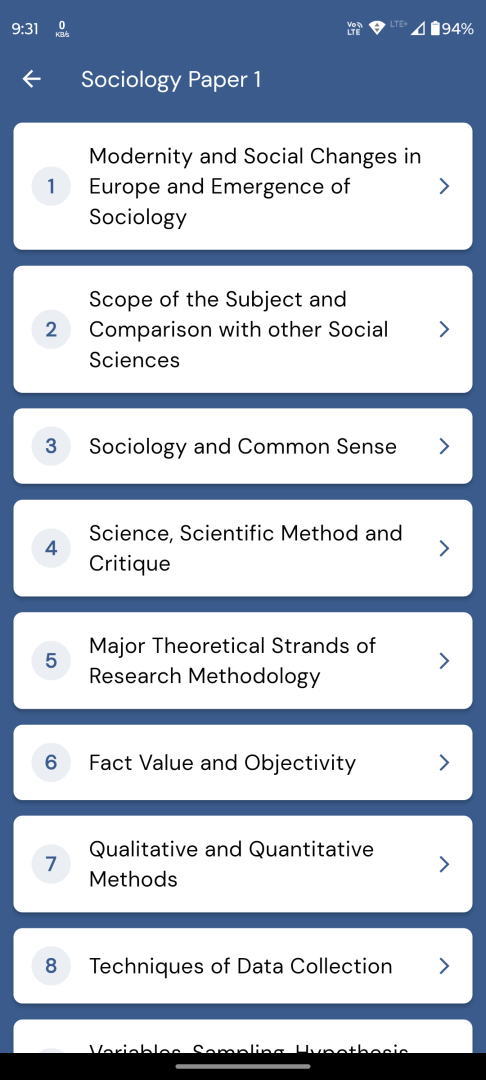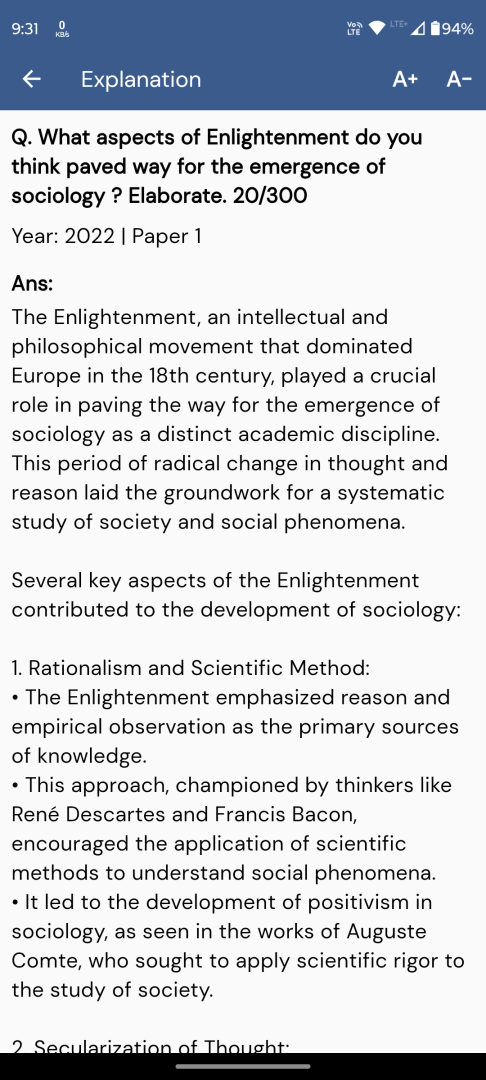Dravidian Kinship by Louis Dumont
Essence of Dravidian Kinship
Louis Dumont’s seminal work on the Dravidian kinship system is a cornerstone in understanding the complex social fabric of South India. Dumont’s analysis primarily revolves around the Tamil Kallar kinship system, presenting it as a paradigmatic example of the Dravidian kinship structure. His central argument is that kinship terminology reflects alliance more than descent, implying that marital alliances form the bedrock of continuity across generations.
Cross-Cousin Marriage: A Core Element
At the heart of Dravidian kinship lies the rule of cross-cousin marriage. This rule states that a man should marry a woman who is either his true cross-cousin or is classified as such by kinship terminology. This practice is not just a mere tradition but a crucial element that ensures the transmission of affinity, or kinship through marriage, from one generation to the next.
Harmonic and Disharmonic Systems
The transmission of kinship can be harmonic or disharmonic. In a harmonic system, all transmissions between generations occur in a single direction. Conversely, a disharmonic system involves the transmission of certain features patrilineally and others matrilineally. Dumont posits that affinity acquires a diachronic dimension in Dravidian kinship, a trait typically reserved for consanguinity in Western systems.
Types of Cross-Cousin Marriages
Dumont outlines three distinct types of cross-cousin marriages, each with its unique characteristics and implications for social structure:
1. Bilateral Cross-Cousin Marriage: This form involves the marriage of an individual to both his Mother’s Brother’s Daughter (MBD) and his Father’s Sister’s Daughter (FZD). Such arrangements lead to a self-sufficient unit where two intermarrying groups exchange women as wives. This practice, also known as sister exchange, is associated with disharmonic transmission and results in permanent alliances between lineages.
2. Matrilateral Cross-Cousin Marriage: In this type, an individual marries his MBD, replicating the pattern of lineage intermarriage established by the previous generation. This consistent application of the rule creates a circular exchange system, uniting an indefinite number of lineages in a continuous pattern. Known as circulating connubium, this system fosters extensive solidarity due to the involvement of numerous kinship groups.
3. Patrilateral Cross-Cousin Marriage: Here, an individual is expected to marry his Father’s Sister’s Daughter, or his patrilateral cross-cousin. The direction of the transfer of women changes in every generation, creating a circulating connubium similar to matrilateral cross-cousin marriage. However, this form leads to a shorter cycle of exchange, involving fewer kinship groups and, consequently, promoting less solidarity.
Summary
Louis Dumont’s analysis of Dravidian kinship systems provides invaluable insights into the intricate social dynamics of South India. The emphasis on marital alliances, particularly through cross-cousin marriages, highlights a sophisticated system of social organization that values continuity, solidarity, and reciprocal relationships. By understanding these patterns, we gain a deeper appreciation of the cultural and social complexities that characterize Dravidian societies.




